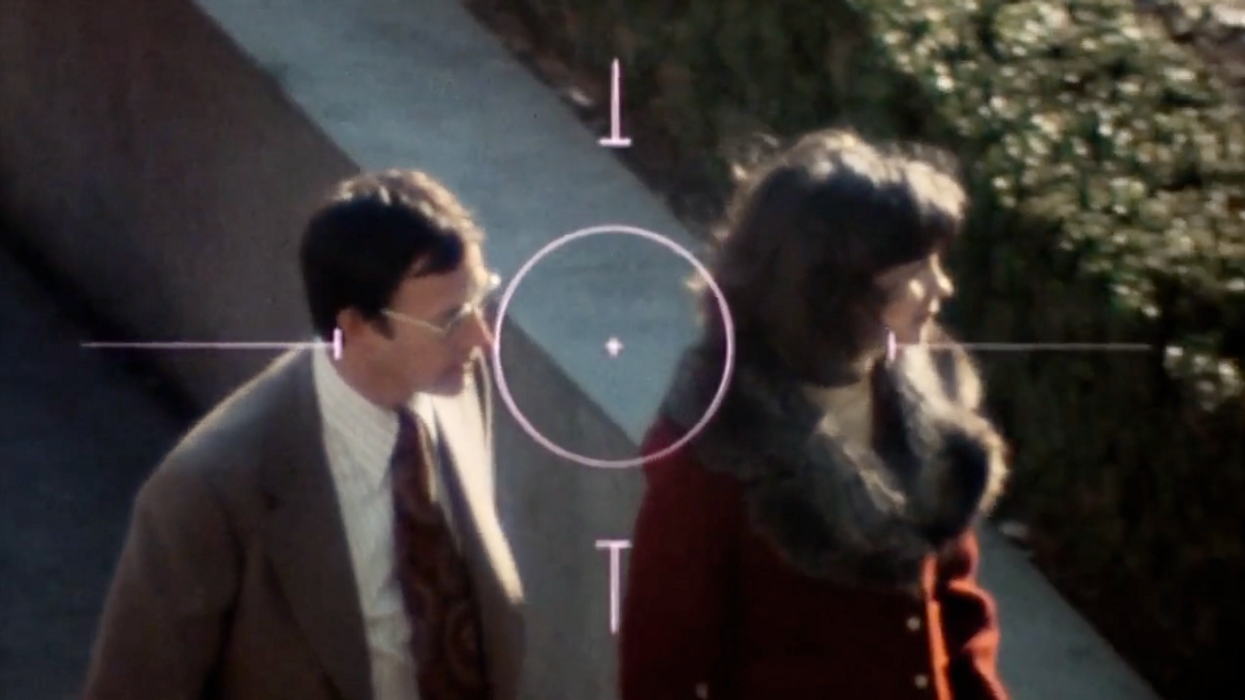Want to Make a Film About Paranoia & Conspiracy? Watch This Mashup of 3 Iconic Thrillers
Who doesn't love a good conspiracy theory? Three films, made around the time of the JFK assassination and the Watergate scandal, get put under the microscope so we can explore the connections between their narratives, styles, and themes.

The three films are Michelangelo Antonioni's Blow-Up (1966), Francis Ford Coppola's The Conversation (1974), and Brian De Palma's Blow Out (1981). In this poetic video essay, Dr. Drew Morton, Assistant Professor of Mass Communication at Texas A&M University, edited together certain parts of each of the three aforementioned films, and what we begin to see is how similar the films truly are.
Furthermore, if you want to see how three incredible directors created tension and a sense of paranoia on screen for their audiences, then this video serves as a guide on how to do it with visuals and with sound.
Though each film has its own distinctive plot and characters (Blow-Up is about a fashion photographer, The Conversation, a surveillance expert, and Blow Out, a sound tech working on a movie), they all contain similar, if not identical themes dealing with paranoia, guilt, and privacy. And probably the most important aspect is that they all unwittingly capture a murder through their respective recording devices, be it a camera or sound recorder, and suffer a guilty conscience before they try to uncover the conspiracy to conceal the crime. A fantastic essay by Mike White explains the similarities between the protagonist's struggle in The Conversation, Harry, and that of the protagonist in Blow Out, Jack.
Jack, like Harry, has the death of an innocent on his conscience, which we see played out in a stunning flashback scene. Jack struggles for redemption and strives to bring the conspiracy he uncovers to light.
In the end, Dr. Morton's video essay shows us how well these three films relate with one another almost to a point that they form one mega-movie -- or at the very least a trilogy. It speaks to a time when conspiracy, paranoia, and general distrust of those in power was running rampant.
It also shows how well these elements can be communicated to an audience through visuals and sound -- I mean -- if you're making a film about conspiracies, paranoia, privacy, and distrust, your film school is right there with these films (and other's obviously -- but mostly The Conversation, in my opinion). Notice how all of these protagonists are isolated, obsessing over the damning information by replaying it over and over through their recording devices. Really, these characters have become their recording devices: alone with one piece of data playing over and over again, and the longer they stay inside of this conspiracy-driven world, the more paranoid and detached they become.
And pay close attention to the sound in these films, again, namely The Conversation, which was designed by the illustrious Walter Murch. It puts the character as well as the audience inside a different world where we aren't given a whole lot of visual information -- many times we're shown the spinning reels of a sound recorder -- which heightens our attention and makes us lean a little bit closer to the screen. It's a different kind of voyeurism, isn't it -- listening instead of watching?
What are other similar films that we could watch? What do you think about the similar themes in each of these three films? Let us know in the comments.
Source: Drew Morton












